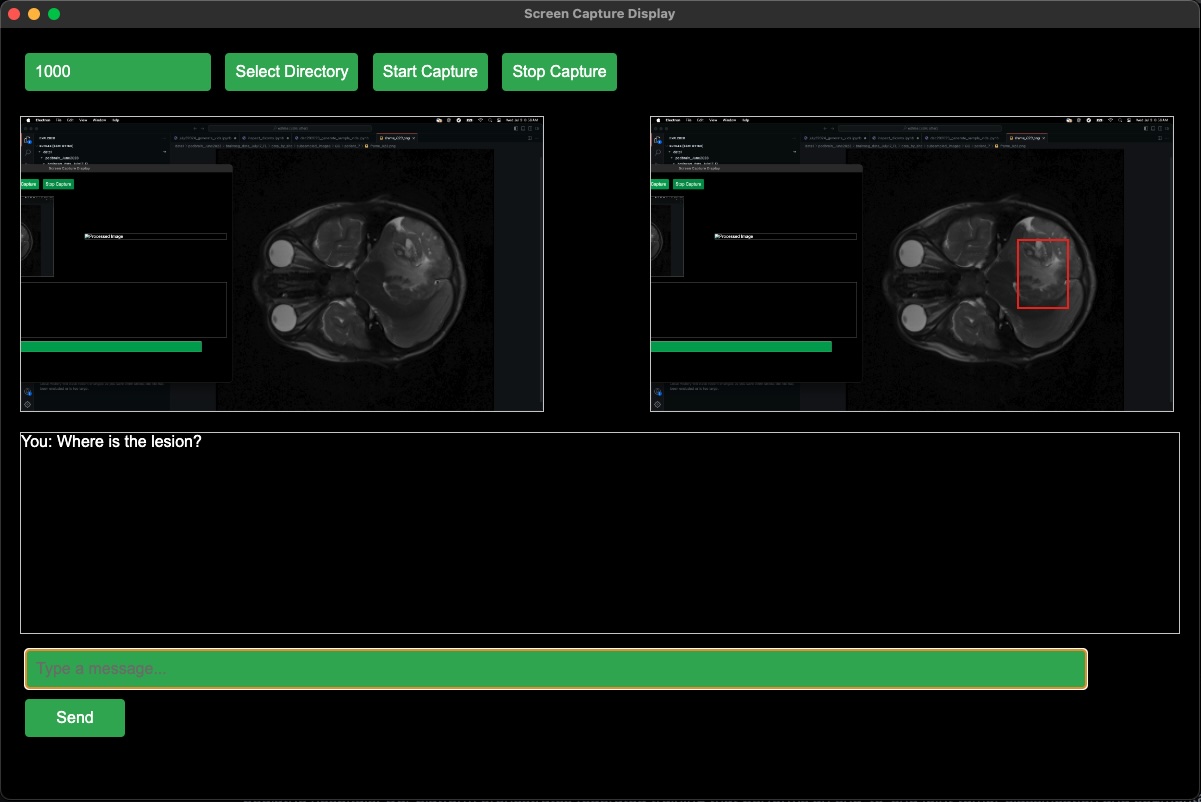FL-PedBrain: A Federated Learning AI Platform for Pediatric Brain Tumors, an International Study
There are two implementations of the FL algorithm. The first performs client-side training on dedicated devices (GPUs) - 1 client (hospital site) per device. The other performs all client-side training in 1 device. Use the latter if GPU memory can fit all 16 sites' training graphs.
Note: For our current real-time FL project with hospitals (not simulated), please contact us directly.
The dataset (https://doi.org/10.25740/bf070wx6289) is to be released.
Update - July 3, 2024: Anonymized static frames (data_as_frames.zip) are released for the training set split across the sites. The DICOMs are too large for release, and we will be looking for ways to efficiently and securely transmit this.
While multiple factors, both biological and external, impact disease, AI studies in medicine are often confined to small and non-diverse patient cohorts. Such limitation typically stems from obstacles of large-scale data sharing and data privacy issues. Federated learning (FL) has emerged as one potential solution for AI developments, enabling training across a network of hospitals without direct data sharing. Here, we present an FL platform for pediatric posterior fossa brain tumors, FL-PedBrain, and evaluate its performance on a diverse and realistic multi-center pediatric cohort. We target pediatric brain tumors given the overall scarcity of such datasets, even within tertiary care pediatric hospitals. Our platform orchestrates federated training that performs an end-to-end joint tumor classification and segmentation across 19 participating international sites. FL-PedBrain exhibits less than a 1.5% decrease in classification and a 3% reduction in segmentation performance compared to the traditional approach using training with centrally shared data. We find that federated training boosts performance compared to a model trained solely on the largest single site. For example, FL boosts segmentation performance from 20 to 30% on three external and out-of-network, hold-out sites. Finally, we explore the underlying sources of data heterogeneity, such as variations in image quality, and examine robustness of FL in real world scenarios due to data imbalances.

An app (see below) for human consumption is also slated for release along with a multimodal LLM assisting each site's local clinical representative.
